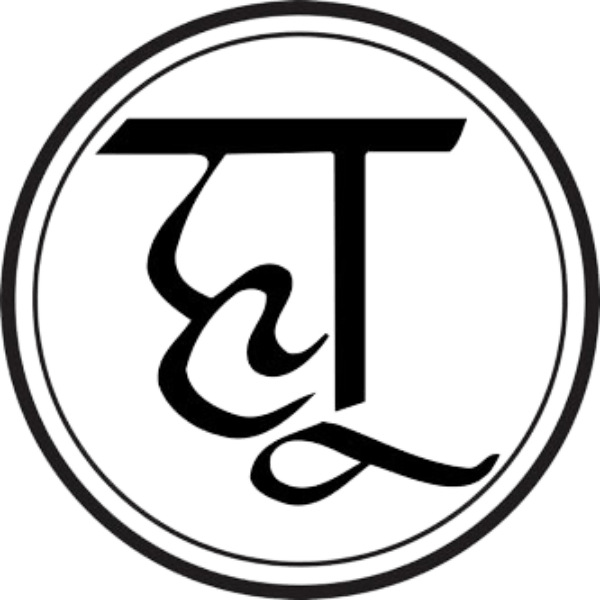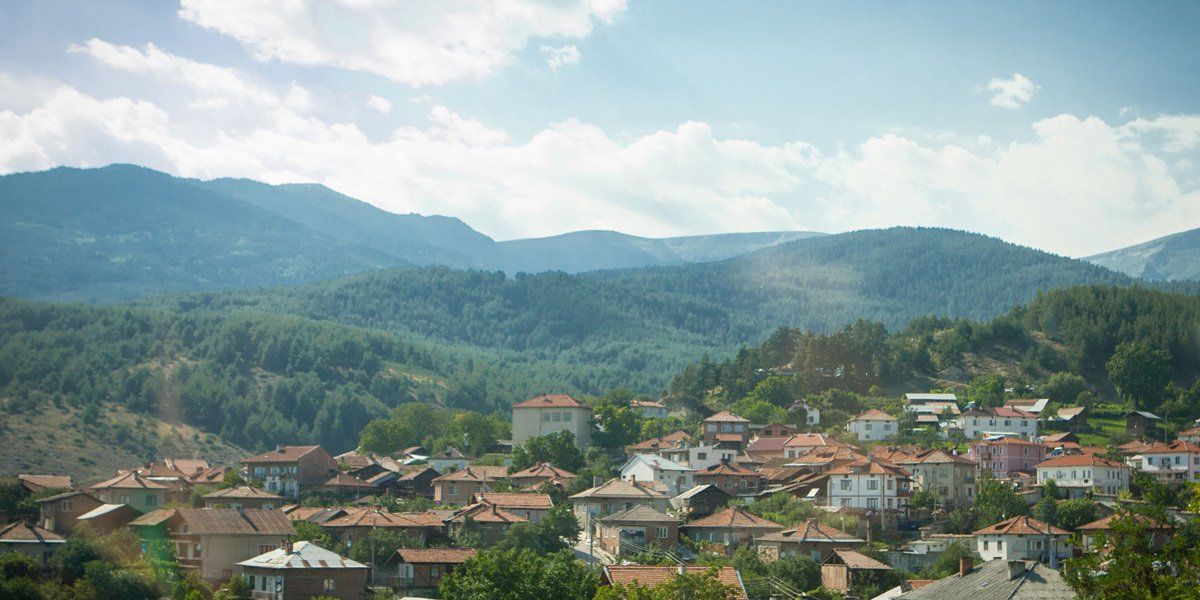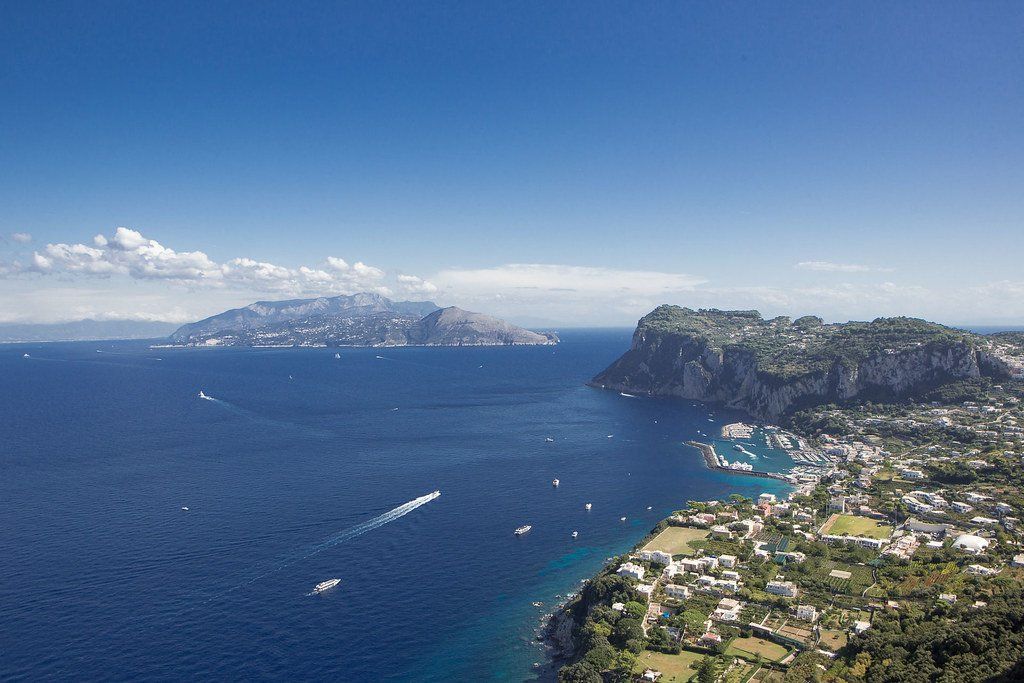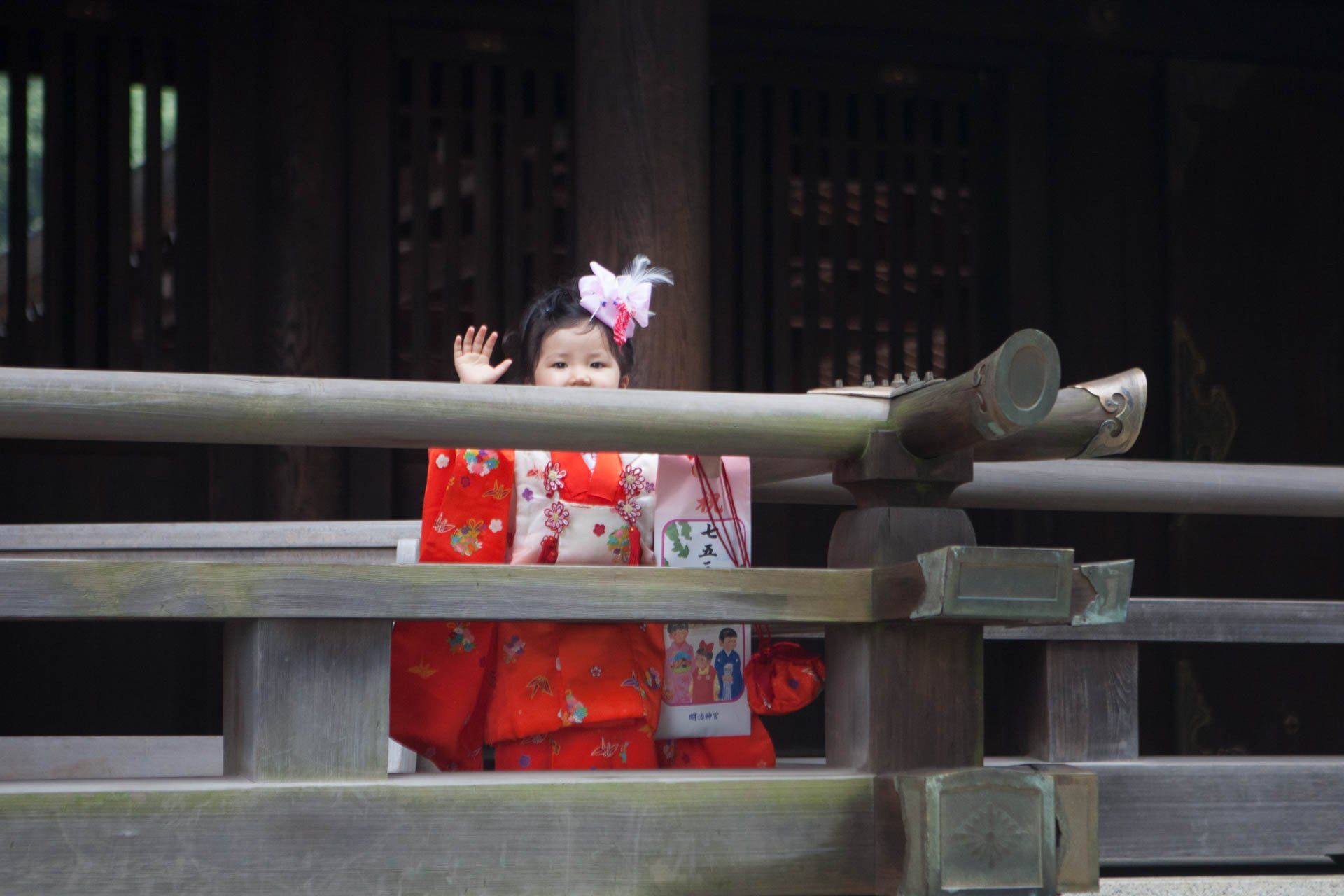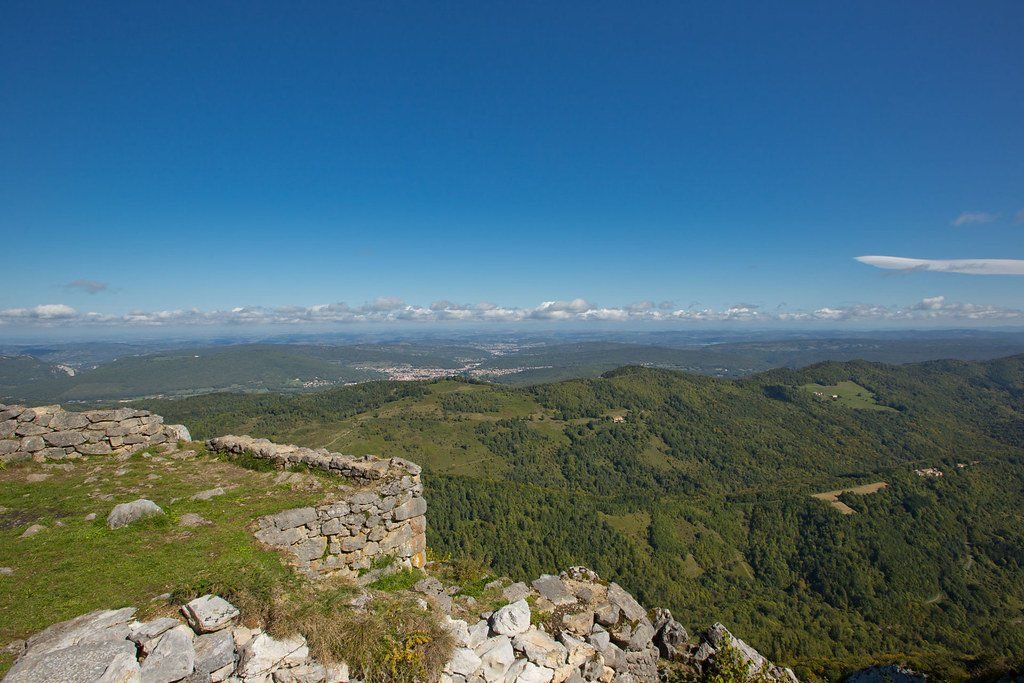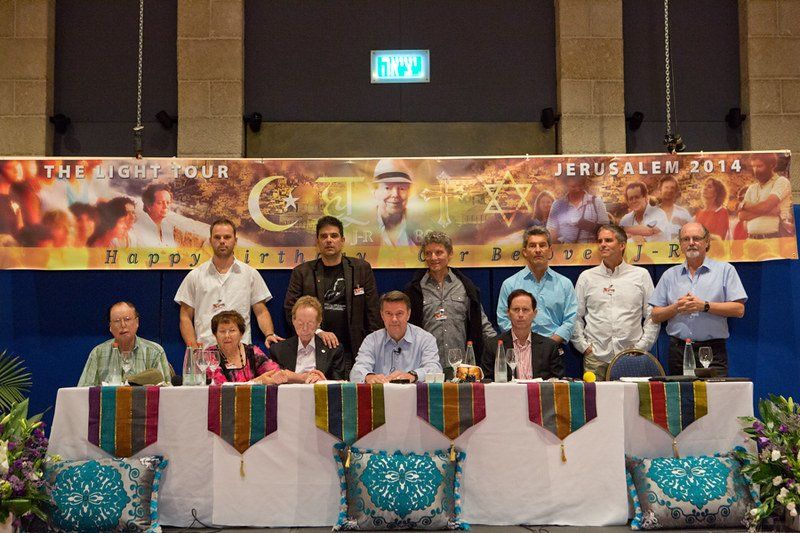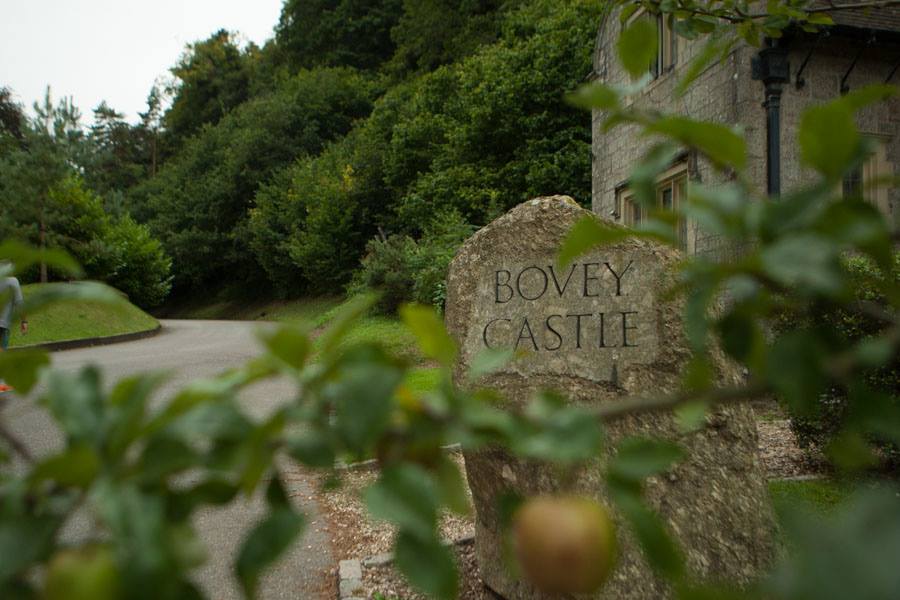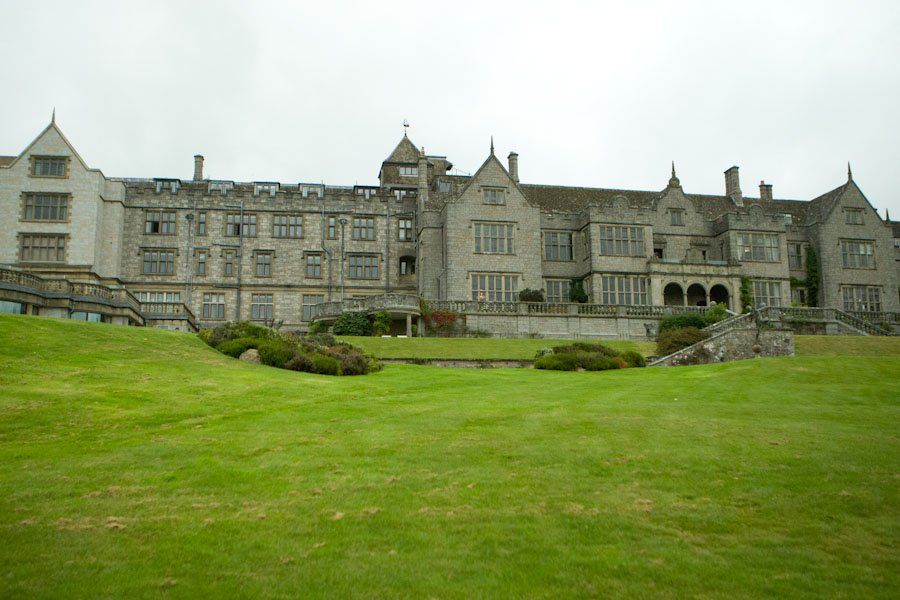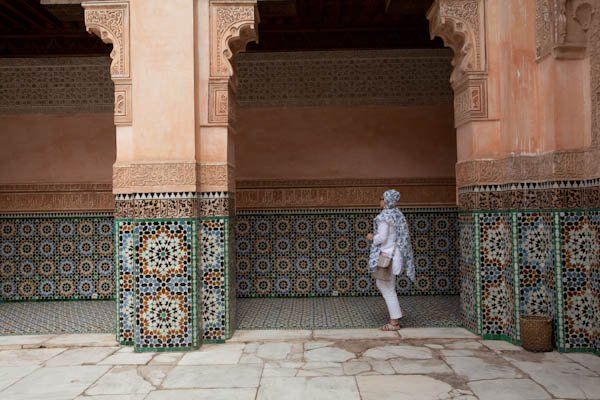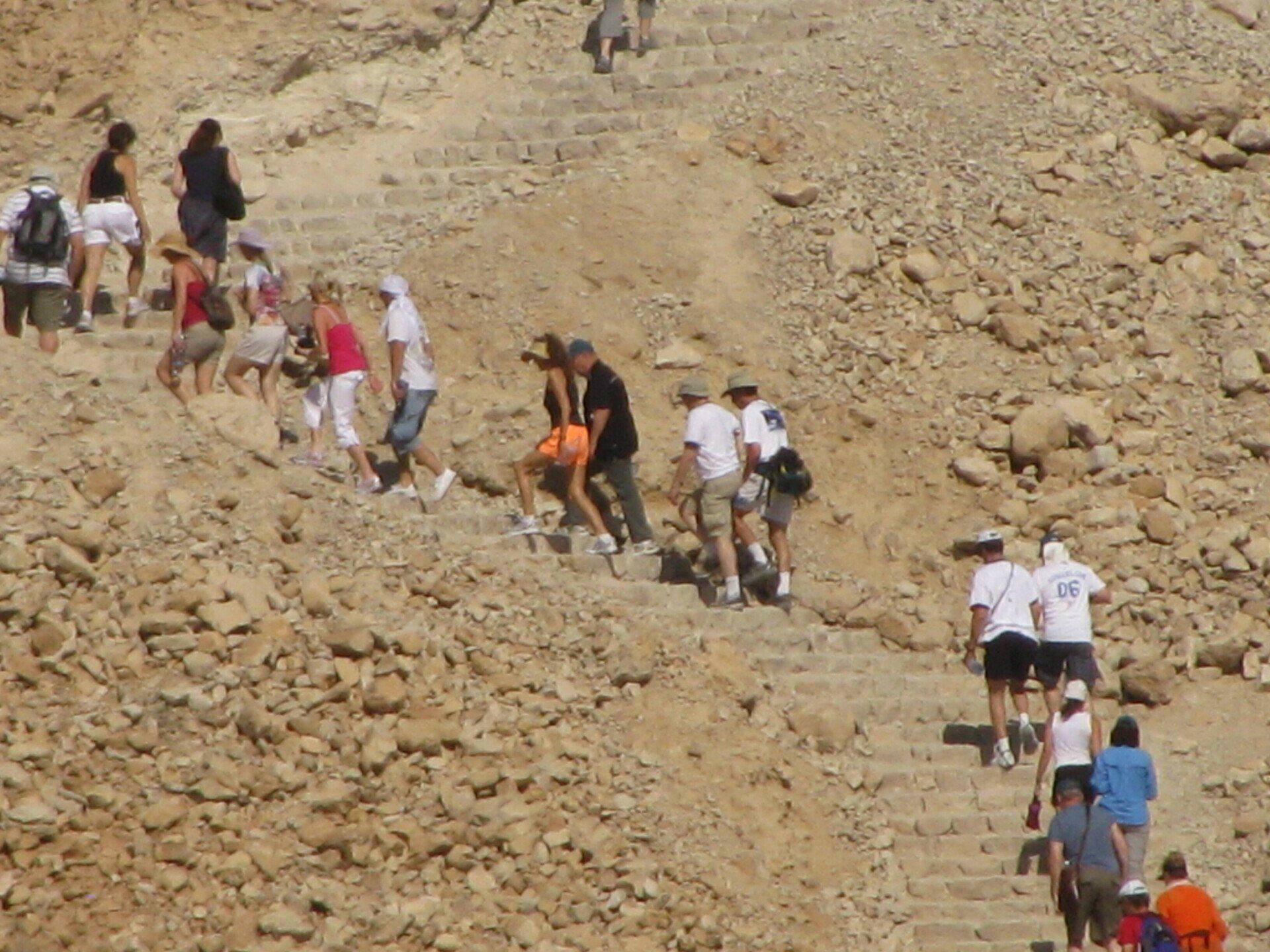The Way of the Traveler - Spain and Portugal 2017
Toledo - Madrid - Avila - Segovia - Sintra - Cordoba - Seville - Marbello - Granada - Oviedo - Santiago de Compostela
Dates: September 10 - October xx, 2017
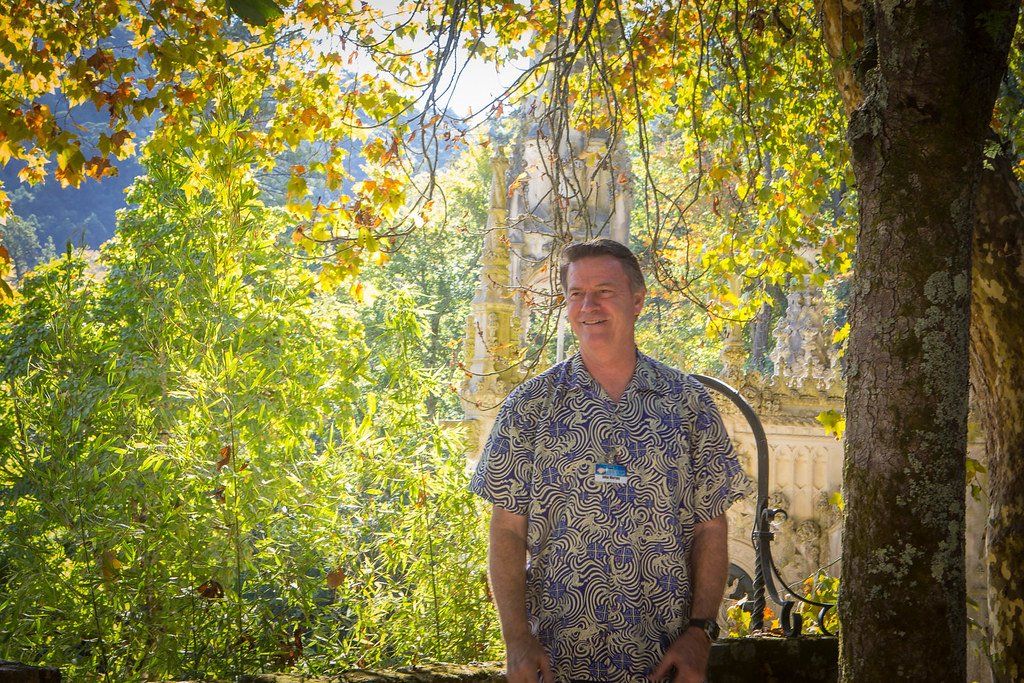
The body content of your post goes here. To edit this text, click on it and delete this default text and start typing your own or paste your own from a different source.
Daily Events
List of Services
-
Day 1 - September 10 - ToledoList Item 1
Toledo is our first stop to kick-start the Spain Tour 2017. Jan Rovecamp described Toledo perfectly, “A beautiful tapestry of humanity and culture.” We are all delighted with the hotel for a particular reason. We are staying at the NH hotel and the logo for the hotel when turned upside down spells HU.
Once we all arrive, we gather together in communion from around the world. Vincent DuPont begins the evening by calling in the Light followed by a beautiful chant of the Ani-Hu. As the sound of the Ani-HU fills the room we begin to relax from the travels in preparation for our Journey. John shares and prepares us for our spiritual journey we are about to embark on. John reminds us to have fun now because if it is not funny now, it will be later.
Toledo is an ancient city on a hill overlooking the Castilla La Mancha plains in central Spain. Toledo is the capital of the region and the home of a number of beautiful monuments and home to the famous painter, El Greco. The exploration through the city of Toledo begins in the morning. As for tonite, the group dashes off the to Hacienda Del Cardenal Hotel Restaurant to enjoy the sound of its fountains creating a relaxing atmosphere. The Restaurant is inside an old Toledo mansion with rooms and outbuildings, decorated with tiles, wood and our first taste of Spain. The food is exquisite and we partake of many dishes of the Spanish traditional food. Chicken, salmon, fried eggplant, venison with cheese and the bread is out of this world. All complemented by a delicious dessert. We all slowly make our way back to the hotel with our spirit’s and bellies full to have a deep rest in preparation for tomorrow’s tour.
-
Day 2 - September 11 - ToledoList Item 2
The Travel Tour of Toledo begins. We gather together on the front steps of the NH Hotel or as we all lovingly now call it the HU Hotel. We peer out into the sunny morning with our sleepy eyes and the cool air on our skin feels refreshing as we begin with our morning logistics from our tour guides.
We walk to the Toledo park and gather around for a moment of attunement with John Morton. After our morning attunement, we are ready for our day. We take a gentle walk to the Cristo de la Luz Mosque. The Mosque is the only one of ten that once existed in the city, which remains largely as it was during the Moorish period.
An inscription “in the name of Allah” is written with brick in Kufic script on the mosque. In 1186, the building was given to the Knights of the Order of St John, who established it as the Chapel of the Holy Cross (Ermita de la Santa Cruz).
We ventured further through Toledo streets enjoying the culture and the scenery. The cobblestone roads are enchanting to walk on as you imagine the days when horses with carts walked through these streets.
Our next stop is the Cathedral of Saint Mary of Toledo which is often said to be the apex of Gothic architecture with a French influence. It is considered the most impressive building in this style in the country. It was built between 1226 and 1493 on the site of the ruins of a mosque, which, in turn, had been built on the site of an ancient church. The builders borrowed elements of Muslim architecture influenced by the Mudéjar style from the Moors in the design, especially in the cloister. The entire building is a masterful work of art.
Lunch is awaiting around the corner for us as we feast at Toledos’ most famous restaurant and enjoy lamb, Hake fish and delicious desserts and cafe con leche.
Onward we go to visit the El Greco in Santo Tomé Church. The Santo Tome Church is a beautiful church dating from the 12th century. At the beginning of the 14th century, the church was in a ruinous state and was rebuilt. The church is home to a famous painting by El Greco The Burial of Count Orgaz. El Greco was one of the most important and influential Spanish artists of all time not only as a painter but also as an individual, and his deep influence that he had in the shaping of Toledo’s history in the 17th century. The El Greco painting has layers and layers of tones, textures, and colors and the story is enchanting as Pilar our tour guide describes the details and stories behind each character in the painting.
Next is the Santa María la Blanca museum and former synagogue in Toledo, Spain. Erected in 1180, it is considered the oldest synagogue building in Europe still standing and owned and preserved by the Catholic Church.
The Del Tránsito Synagogue is next and was built in 1356. The Synagogue is famous for its polychrome stucco work. The Synagogue became a church after the expulsion of the Jews from Spain and military headquarters for Napoleon. It is fundamentally plain with white walls and as you gaze upward to catch the stunning architecture of the ceilings and the vast height of the room.
Enthusiastically we board the bus. Not just any bus; this bus is a double decker with the group seating on the second level and the first level for the driver. The views from the front our stunning and I am compelled to keep the camera rolling.
We arrive at the hotel a bit weary and hungry. Some folks attend the Damascene workshop while others saunter off to the hotel for much-needed rest.
Damascening is an art of encrusting gold, silver, or copper wire on the surface of iron, steel, bronze, or brass. The name “Damascening “comes from the city of Damascus, which was popular for its damascened wares as early as the 12th century. Damascened work of high quality is still produced by craftsmen in Spain, Egypt, and Iran.
It is late in the nite and off to bed. See you all tomorrow Live from Madrid with John Morton!
-
Day 3 - September 12 - MadridList Item 3
We say goodbye to Toledo and board the bus on our way to Madrid. With cultural diversity and a history stretching back hundreds of years, the city of Madrid is the beating heart of Spain. The capital city (the largest in Spain) lies on the River Manzanares and is often noted for its elegance, manicured infrastructure, and historically preserved neighborhoods and streets. Madrid is an incredibly modern city with few examples of medieval architecture and a number of churches and cathedrals that have been preserved as historical buildings.
Our first stop is to the Plaza de Mayor to plant Light Columns in memory of the oppresive history of Spain and much needed healing of this country.
We head over to the Royal Palace which is spectacular and more details to come. From there, the group heads to the Museo Nacional Del Prado which is one of the spectacular art museums. The AV team heads off to the hotel to prepare for the John Morton Live event on forgiveness.
It is time for us to run out to the bus. Please enjoy the evenings seminar by John Morton.
-
Day 4 - September 13 - Madrid/AvilaList Item 4
Madrid, Ávila, El Escorial | Spain
The morning air is brisk and refreshing as we board the bus for Ávila, Spain. The entire town of Ávila is a UNESCO World Heritage Site. Most of the town is filled with 16th Century architecture, and the Roman-style medieval wall still surrounds the town. Upon entering you get the sense of stepping back in time. There is a love affair with Spain blossoming right before our eyes.
At the center of the town is the Cathedral of Ávila, a Gothic structure that is almost a thousand years old. This Romanesque/ Gothic building is a masterpiece of art and architecture. It was intended to be part of the wall of a fortification, which is why the apse resembles a turret. The doorways are absolutely stunning, with intricate statues and carvings all around the edge. One of the most beautiful parts of the cathedral is the stained glass windows, which date to the 1400s. The vastness of this cathedral is daunting and amazing how much goes into this architecture and how it was even built in the first place.
Next is a visit to the Convent of San Jose de Ávila where Saint Theresa founded the order of Carmelitas descalzos. The historic convent and pilgrimage destination was built over the birthplace of Saint Teresa of Avila. The convent contains the possessions and relics of both St. Teresa and her close friend St. John of the Cross in a small museum. An incredibly historic and religiously fascinating landmark, the convent offers a glimpse into the mystic and spiritually contemplative life of St. Teresa, who was canonized in 1622 by Pope Gregory XV.
Back onto the bus and heading to El Escorial. The Royal Site of San Lorenzo de El Escorial was once the residence of the monarchs of Spain. The huge complex includes two sets of buildings comprising a monastery, hospital, basilica, university, palace, pantheon, library, and a museum. Another vast, immense building that takes years and years of work to create.
Once again on the bus, and heading to Valle de Los Caldos (Valley of the Fallen). John does a beautiful blessing so stay tuned.
Then on the bus to our surprise, FLAMENCO DANCERS!! WOW, what a glorious night of dinner and enjoying Madrid’s most famous flamenco dancers. See you all tomorrow. Love to all from Spain.
-
Day 5 - September 14 - Segovia
It is an early morning as we board the bus for Segovia. Segovia is a beautiful city that features some of the most impressive Romanesque and Gothic churches around. As we arrive in Segovia, we head to The Segovia Cathedral which is a massive, Gothic style church built in 1525-77. The Cathedral museum has works by Pedro Berruguete Berruguete (a famous Spanish painter in the transition from Gothic to Renascence.) There is love in the air in Spain and we are surely engaged in this adventure.
Next we head on to The Alcazar de Segovia (castle) which extends out of a rocky crag of land above the city that sets against a backdrop of the Guadarrama Mountains. It looks like it came from a fairy tale book with its picture-perfect setting and stunning views from inside the castle overlooking the city. King Ferdinand and Queen Isabella made this lovely castle their home during their reign. The castle was built in 1328 which was used by the Moors in later years as a place for the important and wealthy to enjoy gardens, baths, and an expansive library. After the fall of the Moors, Alfonso XI transformed the site into a heavily-armed fortress. After a serious of violent outbreaks, the building was used as the headquarters for the Spanish Inquisition. Horrifyingly, the baths where nobles once relaxed became a place of torture for victims of the Inquisition. After the end of the monarchy, the Alhambra became the fortress for Napoleon’s army, and after this, it was used as a prison. Eventually, the government recognized the beauty and historical value of the building and converted into today’s tourist attraction.
On to lunch at the delightful Mesón de Cándido Restaurant sitting underneath the Segovia Aqueduct inviting breathtaking views of the massive stone structure. Of those establishments that were opened along the Roman Aqueduct, this old Mesón de Cándido Restaurant is the only one that lasts and continues day by day offering its services to its visitors.
The ancient Roman aqueduct is one of those treasures you need to see in person to experience the majestic beauty of 165 stone arches over 30 feet high and still in use. It was built of some 24,000 dark-colored Guadarrama granite blocks without the use of mortar. The site was listed in the 2006 World Monuments Watch by the World Monuments Fund (WMF).
After visiting the Aqueduct and eating lunch, we are ready to head to the Segovia Church of the Vera Cruz (True Cross). As we enter the Church of the Vera Cruz, Maria, our tour guide is singing in Gregorian chanting and transcends us into an inner communion.
The church was built in 1208 by the Templars. It has a dodecagonal shape inspired from the Dome of the Rock and the Temple of the Holy Sepulcher in Jerusalem. In this church is a venerated relic of the Cross. Recent research indicates that instead of the Templars, the Church of the Veracruz was built by the Order of the Holy Sepulcher of Jerusalem; known nowadays as the Order of Malta (Sovereign Military Hospitalier Order of Saint John of Jerusalem of Rhodes and Malta.) The knights of the Order of Malta celebrate their ceremonies in this church.
We head to the Monastery of Santa Maria del Parral, a Roman Catholic monastery founded by King Henry IV of Castile in 1454. As we enter the Monastery and sit down to take in the environment, John shares and takes us away into spirit.
Within walking distance of the church of the Veracruz is San Juan de la Cruz Convent Carmelitas, the Convent of St. John of the Cross, that houses the sepulcher of the Saint. As we gather together, we are graced again with another Traveler Sharing with John.
The day is coming to a close, and before we depart, we all gather in a green grassy area with the Alcazar Castle behind us to take a group shot. We board the bus, weary but full of joy and spirit, loving and laughter and ready for a good night’s rest.
-
Day 6 - September 15 - Córdoba, Sevilla
Love is in the Air! Spain continues to flirt with us as a budding romance blossoms with love. It is an early morning as we all gather in the hotel lobby to load our suitcases onto the truck and get ready for a day of travel and touring. We pick up the prepared breakfast bags and head for the bus. After a brief bus ride, we take the Ave train to Córdoba. Córdoba is about 2 hours from Madrid by train. We begin our walk through the city only to come upon a gentleman walking his Stallion down the street. As I walk up to the stunning horse he gently nuzzles my hand like a puppy looking for treats. The strength, beauty, and gentleness all woven into one.
Córdoba is located in the southern region of Andalusia. The entire city center is a UNESCO World Heritage Site with a long and diverse history. The city was founded under the name by the Romans in 169 B.C. We begin our tour at the Alcazar de Córdoba. This stunning fortified castle is expansive and has many rooms. In the lower floors of the castle are the bath areas that at the time were most likely luxurious and during the inquisition turned into torture chambers. As we walk through the rooms many of us begin chanting Ani-Hu. The sound vibrates through the bath caverns with so much loving. As we walk to the exterior gardens, they are full with beautiful pools, flowers, statues and water fountains. One can only imagine the beauty of this castle in its time.
Córdoba was the birthplace of the Traveler, Moshe Maimonides (Moses ben Maimon). On the square in front of the Córdoba Synagogue is a statue of Maimonides. As we all gather around the statue, our guide shares of the story that if we touch the statue we shall receive of the knowledge of Maimonides. John approaches the statue with Leigh and begins to share and plant a column of Light. It is a transcendent moment in time with the Travelers.
We continue our walkthrough Córdoba to El Alcázar de Los Reyes Cristianos (Alcazar of the Christian Kings) which is a palace/fortress located near the center of Córdoba, next to the Guadalquivir River. Along the river walk, one can see the shepherds’ with their sheep and sheepdogs walking along the dry river bed.
Alcázar was originally built by the Visigoths before the Arab invasion of Spain. In 1236 Córdoba was retaken by the Christian forces and King Alphonse XI started to build the present structure over the previous buildings in the Mudéjar (Moorish) style. One of the towers served as the first headquarters of the Inquisition during the reign of Ferdinand and Isabella and remained so for 300 years. At the Alcázar, Ferdinand and Isabella met Columbus before he set sail. During the Napoleonic invasion of Spain, the Alcázar served as a prison and a garrison.
We continue to walk through Córdoba which has a fairy tale look to it. The streets are cobblestone and brick. The architecture and colors used on the buildings are very charming. Next is lunch!
Out front of the restaurant is a line up of horse-drawn carriages all so picturesque and romantic.
The Mezquita Cathedral of Córdoba is a mosque and a church in the same location. The Moors built a mosque which took over 200 years to complete and when the Christians invaded Córdoba, they built their Cathedral right in the middle of the mosque. The presence and continuous usage of this church saved the mosque from demolition during the Inquisition era. The mosque is stunning and you can see why it is a UNESCO World Heritage Site.
The construction of the Mosque-Cathedral of Córdoba started as the church of St. Vincent. In the VIII century, after the Muslim conquest, the church was purchased by the Caliph to build a mosque that would rival those in the Arab world. The building is known for its columns of jasper, onyx, marble, and granite set to remind of the rows of palm trees in the oasis of Syria. The mosque also has a stunning gilded prayer niche or mihrab, to indicate the position of Mecca. Currently known as the Cathedral of Our Lady of the Assumption, is one of the most celebrated works of Moorish architecture.
The old Roman Bridge is close to the Cathedral and is a grand sight as it houses a small shrine in the middle of the pass and a statue of Saint Raphael carved by 17th-century sculptor – Bernabe Gomez del Rio.
The day has been full of spirit, joy, and Travelers! The history and stories that are so alive here in Córdoba are well worth traveling across the world to see.
It is time to head to Sevilla and get rest for another day with the Christ, Spirit and the Traveler.
-
Day 16-21 - October 5-10 - Santiago de Compostela
From Julie Lurie: The touring days have come to a completion in Spain. Next is the PAT 8. The morning air is fresh and brisk as we enter the hotel lobby to depart to Santiago de Compostela. The van to transfer the equipment cases is not here, and we have opted for taxis. The next thing I see is about ten taxis sitting outside in a row ready to take us to the Santiago de Compostela. We are staying at the A Quinta da Auga Relais & Châteaux hotel which is stunning.
The Quinta da Auga Hotel Spa Relais & Châteaux is an ideal hotel to unwind and disconnect from the world. The hotel offers a romantic getaway, total relaxation and time to pamper oneself. Every detail has an old world charm and the experience of being treated like royalty. The food offers a gastronomic experience which is out of this world. The Passage Into Spirit – Resurrection In the Christ Setup begins. The room is gorgeous with an entire wall of windows that lead out to a patio and views of the front gardens. Taking the training here is quite delicious.
Our next six days are here at the Hotel, and on the last day, the Portugal Tour Orientation is hosted here at the hotel. Time is flying by, and it is great to be back sharing this time with you. More to come and videos to be available soon.
-
Day 22 - October 11 - Santiago de Compostela
From Julie Lurie: The Resurrection Into the Christ – Passage Into Spirit training is magnificent in all ways. Every comfort is taken care of at the A Quinta de Auga, and all our focus is available for Spirit. John shares with us daily during the training and tops it off with a 3.5-hour sharing on Saturday. We begin at 4:20 pm sharing with the PAT group and joining in with us are the DSS-4 Worldwide, DSS-2 and the MSS Philadelphia class. At 6 pm John moves right into the class sharing for all to participate in and we end a bit shy of 8 pm. WOW! We all very joyous with gales of laughter filling the room. Sunday comes around, and we enjoy the sacred space that has been building over the week and the attunement in the room is radiating through us. It is now time for us to say goodbye to our old and new friends from the training and gather for our last gastronomic meal at the hotel.
Lunch is completed, and the tech team is back in the room magically turning the meeting room for the Orientation night for the Portugal Trip!!! It is time, and we are ready. We meet our two new tour guides which are a delight and walk through the logistics. Afterwards, we gather to enjoy another sensational meal, share our joy, love, and laughter with each other as we gather in the oneness in preparation for our first touring day as we get ready to head to Portugal in the morning.
Group Photo
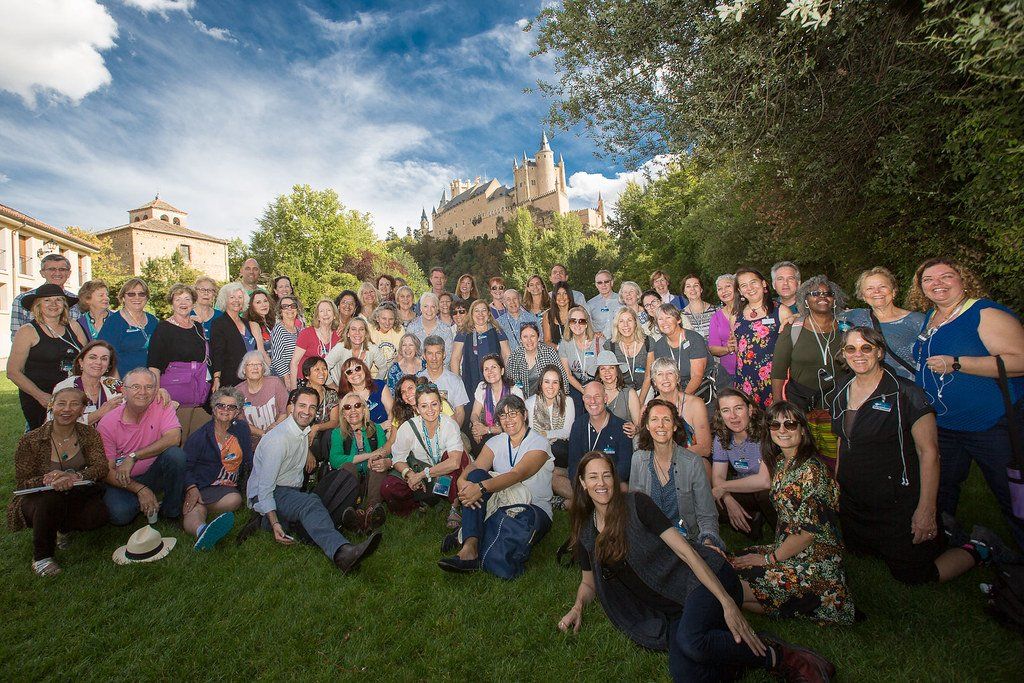
Tour Highlights
The numbers on the map tie to the date in September when the group arrived at each destination.
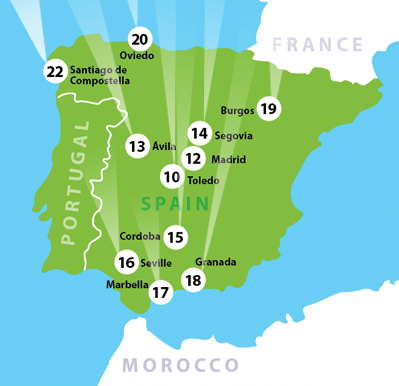
Moment of Peace Videos
David Sand Write Up
List of Services
-
Day 3 - MadridList Item 1
A fine day of touring in Madrid. First stop is the Plaza Mayor, site of plentiful executions, inquisitions, and political intrigue, where we place the Light led by John. At first it looks like we might not be going, but John says he knew intuitively that we needed to be there to do light work. The place feels a lot better by the time we leave. Hopefully a few ghosts got their ticket out.
The rest of the day is touring that includes the Royal Palace and the Prado. Unfortunately photos weren’t allowed inside these places. The Royal Palace has the usual chain of spectacularly ornate rooms, mile-long dining tables, mountainous chandeliers, dazzling tapestries, velvet-covered thrones, and absurdities of scale and ostentation designed to advertise political clout. The pinnacle of the touring for me is the masterful explication of Velazquez’ famous painting Las Meninas (The Ladies in Waiting) at the Prado by our guide Pilar.
In that cozily modern and human-scaled museum setting, whose purpose is my edification and well-being, I feel normal again after spending so much time in those belittling cathedrals and palaces. I feel like a free, full-fledged human rather than some medieval character struggling on an animal level of existence and looking up at vaulted ceilings and palatial grandeur for some kind of validation. Wandering around seeing great art is the next best thing to soul traveling. For me it’s a quieting and refining, a take-off point, a runway, a rehearsal for entering the rarefied beauty of the higher realms.The Prado is the perfect appetizer for what’s coming in the evening—a forgiveness workshop with John Morton.
The evening was the real highlight of the day. It was a packed room, with lots of new faces, and the energy was really popping in a way that reminded me of the earlier J-R days (for me, early is the 1980’s). People seemed hungry, standing on tiptoes at the starting gate, and in my perception the Traveler came in to meet them with equal force and velocity. Spirit, like electricity, has to have a completed circuit in order to flow, and the openness along the whole pathway creates some delicious high voltage. The Light was brilliant and ravishing and transporting, opening the upstairs chambers of the palaces in the head—much prettier than the outer ones we visited. The chandeliers were turned on, the vaulted ceilings illuminated until they dissolved and you just wanted to float up into the whiteness like the angels in the cathedrals. I was way out there, and other people told me they had the same experience. John looked happy. I think part of it was having our group immersed in the energy for a few days. We were ready to be conduits for the others, and they were ready to return the love magnified, like children do. I perceive the trip now as amped up to another level, with everyone clearer and more energized. I would venture to guess that things are really going to move from here on.
-
Day 4 - AvilaList Item 2
It’s Day 4. In J-R’s delineation of the symbology of numbers, “4” is solid foundation. I said that after John’s seminar on Day 3 I guessed that the energy would be ramped up, and that was my experience on Day 4. It was also grounded and solidified. We may look like a group of tourists, but that’s not what’s going on under the surface. In my experience, as people encounter us the Spirit moves inside them. Their response to that, and how they deal with it, is a choice. We just keep moving the Spirit inside of us, and moving on. MSIA is a movement, and it’s inner, so it’s not always obvious; it’s spiritual, so it’s all-powerful and it’s everywhere all the time, but not always recognized physically or on the lower levels. And it’s awareness—so it’s everywhere, and it’s easy. All you have to do is be aware, which anybody can do. You don’t have to do anything spectacular, you can just be ordinary, which is available to everyone, and which we’re extraordinarily good at.
We take a bus to Ávila today. What a treat. We’re the Travela’ from Ávila. There’s a joyful energy all over that little town, and especially in the cathedral, where St. Teresa of Ávila hung out from the time she was a child, and this feels like the joy of a playful little kid. (Keka’s kid in the photos is having a good time too, listening on the radio.) I mention to Leigh that it’s probably the only cathedral where I’ve felt really happy, and not like I’m hanging out in an ectoplasmic soup, and she says she’s felt the same thing. She tells me the story of how St. Teresa lost her mother when she was young and in the cathedral she asked if Mary could be her mommy.
The landscape on the way looks a lot like southern California. But one thing you won’t find in California: Fresh juices and fresh baked pastries at a highway rest stop. This is Europe, and that means extraordinary food. To the Spanish this is ordinary, but ordinariness is in the eye of the beholder. How can you be in a “poor” country and be drinking fresh juices at a highway rest stop? Maybe wealth is a moving target, and it doesn’t always correlate with money.
And here’s something else extraordinary: On the way to Ávila John stops the tour guide, who’s giving us great historical information, because he wants us to be able to go out of the body to prepare for what we’re going to encounter in Ávila. Where else are you going to find that? But on the outside it looks ordinary, like a bunch of people sleeping on the bus. To me, each Traveler has his own contribution and unique kind of ordinariness on the personality level, and that’s John—it’s a big, bold energy. It doesn’t mess around. So we move on through the semi-arid, hilly landscape traveling inwardly, with maybe a bit less information, and clothed just by our spiritual awareness.
Ávila is a delight—Spirit really grounded in the material, which means a lot of joy. People often think of grounding as heaviness, but to me it’s light, it’s Spirit coming into the material level instead of hanging out above it someplace—and Spirit lightens and illuminates what it encounters. So the earth is vitalized rather than sitting and stewing in its own heaviness. It’s day 4, solid foundation—and things are moving.
In the afternoon it’s El Escorial, which has functioned as a royal residence, monastery, library, museum, etc., (“no photos inside please”). Outside we encounter the kids from a nearby school. Inside is some beautiful art and architecture, but especially after the transcendent quality of Ávila, I don’t get much of a vibe from it. A friendly, interesting political/religious/mental energy. Suits of armor and art on the walls, long sunny halls and beautiful courtyards, dead kings, old books, the look and feel of a military school run by a church—that odd mixture of army and clergy that seems to be everywhere in Spain. And then we go to the Valley of the Fallen, a monstrous, windowless underground cathedral carved deep inside a mountain, built by Franco, with gargantuan sculpture that’s a bizarre mix of mannerism, socialist realism, and art deco: intimidating, god-sized people who seem to be capable of anything. More confusion of spirituality and military, but this one has a sinister feeling that’s very different from El Escorial, where the spirituality feels genuine. To me, the Valley of the Fallen is an example of un-groundedness deep in the ground, earth and spirit separated. It feels like a bunker. No, It’s a church. No, it’s a bunker, no it’s a church…it’s a church AND a bunker! I can’t wait to get out of there, and many in the group express the same thing. Once again, no photos inside, so there are just a few photos of the exterior. Now I should say something positive about it. I remember being at the worst movie I’d ever seen with J-R, who always managed to spin everything to the positive, and coming out of there wondering how he’d ever spin this one. Somebody in our group asked him how he liked the movie, and he said, “it was very observable”. So I’ll say that there are beautiful views of the countryside from the outside.
In the evening there’s a great dinner in a crowded theater that includes a performance of what’s said to be the best flamenco in Spain. It’s the old, original style of flamenco that has a kabuki-like, dreamy, dramatic quality, combined with graceful and expressive hand gestures reminiscent of Indian dance, and a chorus of three singers encouraging the dancers to greater and greater levels of surrender. It’s a tour-de-force of precision, flow, eroticism and emotional intensity—the real groundedness, spirit meeting the earth. To me personally, it looks and sounds like people grimacing and writhing in the throes of some kind of disease, but then I’m what J-R used to call a “sano-type”—uncomfortable with extreme emotion and more at home in a position of observation. But the effect on our group is astounding. It’s a release, a chance to cut loose and pour the spirit into their bodies, to ground it in the flesh. We’re in the street laughing and yelling. You can see it in the boisterous, glowing faces in the photos at the end. It’s a perfect ending to a day of integrating the heights of the seminar the night before.
-
List Item 3 Write a description for this list item and include information that will interest site visitors. For example, you may want to describe a team member's experience, what makes a product special, or a unique service that you offer.
List Item 3 -
List Item 4 Write a description for this list item and include information that will interest site visitors. For example, you may want to describe a team member's experience, what makes a product special, or a unique service that you offer.
List Item 4

